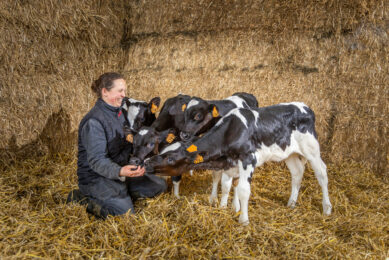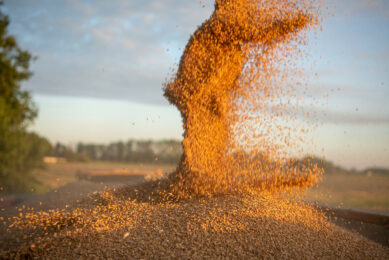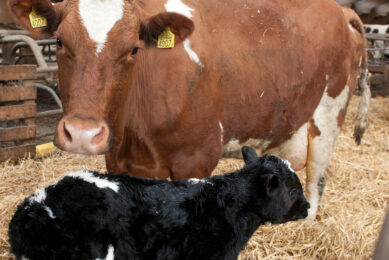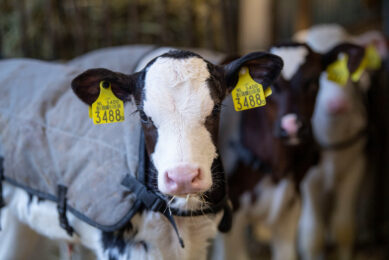Utah, USA: A 5,500 milking herd in the high valley
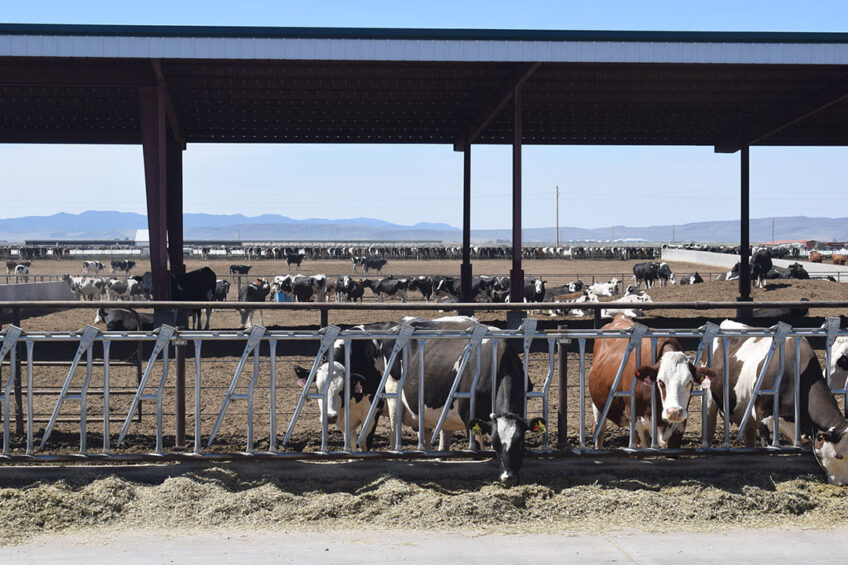
In an almost flat valley that stretches just over 30 km in the southwestern part of the state of Utah are the valley’s largest farms. The valley, which is quite lush, is, on the 3 sides, surrounded by over 2 kilometres of high mountains, while the valley itself is located at about 1,600 metres altitude.
The valley’s 5 largest farms totalling just over 4,000 hectares are run by the family company Robert Holt Farms Inc. The company’s agricultural operation includes a dairy herd of 5,500 dairy cows (the state’s largest), and a beef cattle production with an annual breeding of approximately 18,000 steers, which are sold for final fattening at other producers.
A visit has been allowed at the extensive agricultural farm, which usually does not include journalists. After completing agricultural education in the state of Georgia, among other places, Robert Holt, now 78-years-old, came home to his parents’ farm where he borrowed some money from the Mormon church. Then, at the age of 22, he could buy his first farm of about 60 acres in the valley.
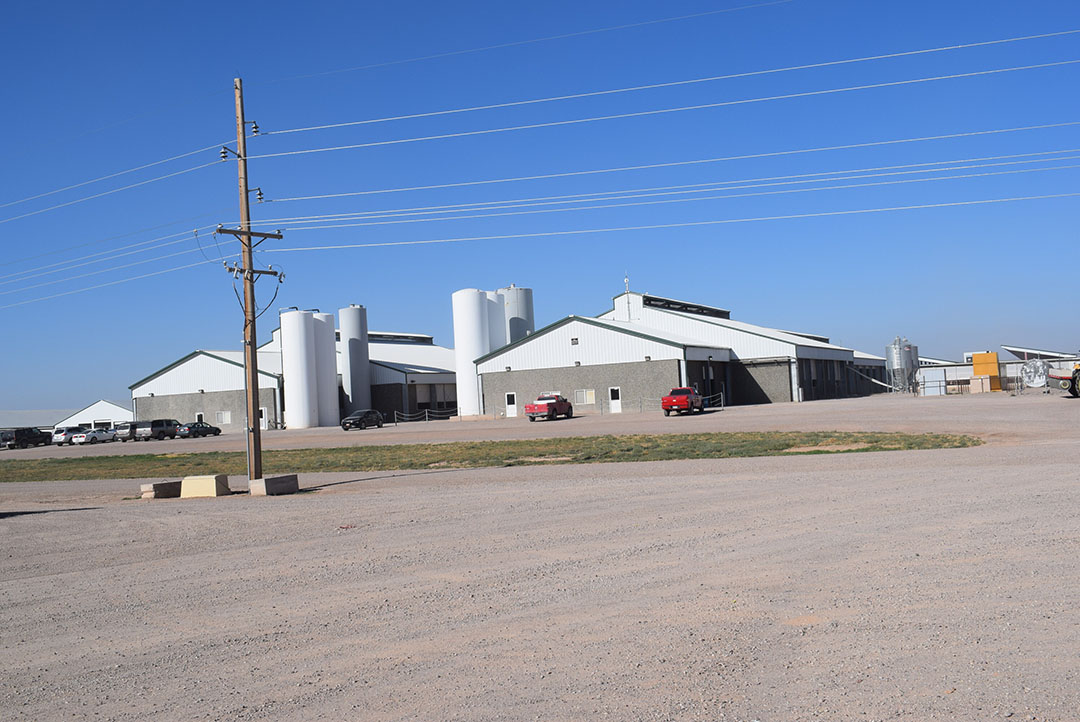
“It was in 1965 that I started growing potatoes in the fields,” says Holt. But production was unfortunately not profitable. “I quickly I found out that the future lay in the production of hay and silage from alfalfa and ryegrass. I got married and in the course of 20 years I had 14 children of which 6 are sons. They all received a university agricultural education and as I got them integrated into farming, we bought more and more land. This means that today we operate approximately 4,000 hectares here in the valley on the 5 farms.
Dairy cow herd
On the farm there are 5,500 dairy cows. Starting and running such a large dairy herd was a difficult task and there were ups and downs. “When we started milk production in 2010, we had no experience with it. We therefore started working with the company Cargill. They had an expertise we lacked.”
At the beginning of the project, Holt and his son Kimbal and other employees received training from Cargill, and it was invaluable for the further process of building such a large dairy cow herd.
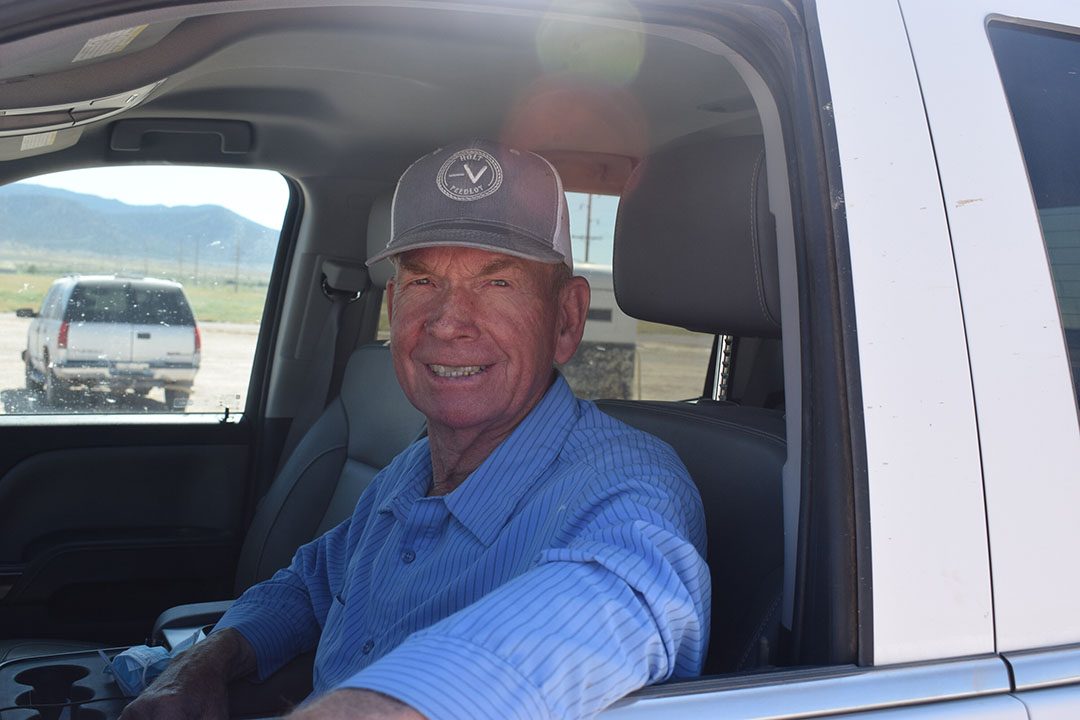
“Today, for example, with the use of Cargill’s nutritionist, Dr Shane Holt, we removed dry hay and dry triticale from the cows’ feed, and have completely switched to feeding exclusively for silage. In addition, over the years we have built up our own breeding programme, where we constantly optimise the research results from our best cows and test the results in our herd. The breeding programme includes buying bull semen from the best bulls in the US, and partly through the breeding programme the best cows are selected for continued milk production. This applies not only to the milk yield but also to the cow’s robustness, among other things at calving, its immune system etc.,” says Holt with pride.
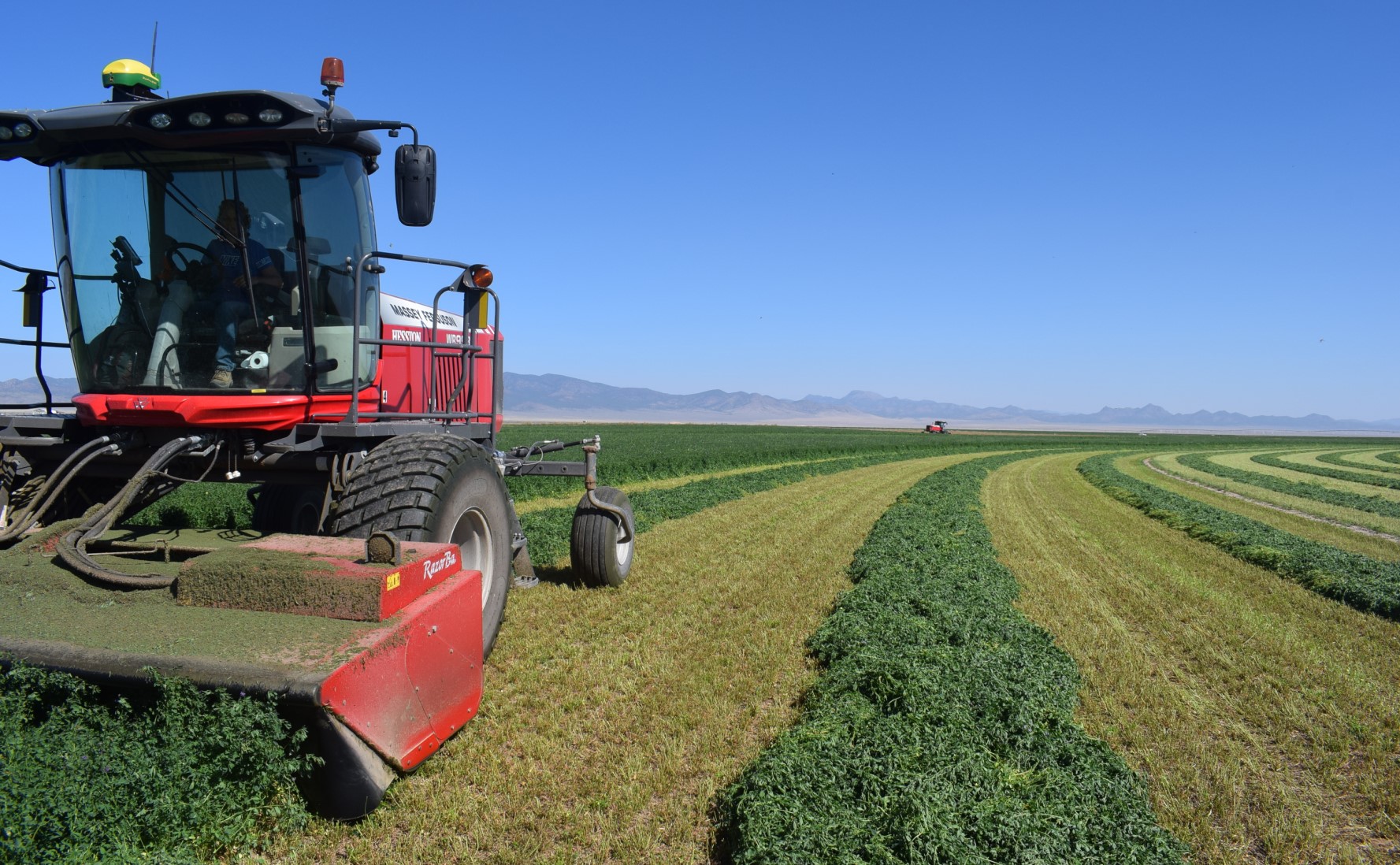
Calves are born daily
In the large herd, between 18 and 20 calves are born every day. After birth, they are weighed and given an identification mark in the ear. For the first 3 days after birth, the mother cow is milked twice daily and the colostrum is given to the newborn calf. After that, the young calves are weaned, and now in the first weeks get cow’s milk substitute, but pretty soon cow’s milk substitute is replaced by silage and supplementation of a small calf feed mixture with minerals and vitamins, developed by the farm’s nutritionists.
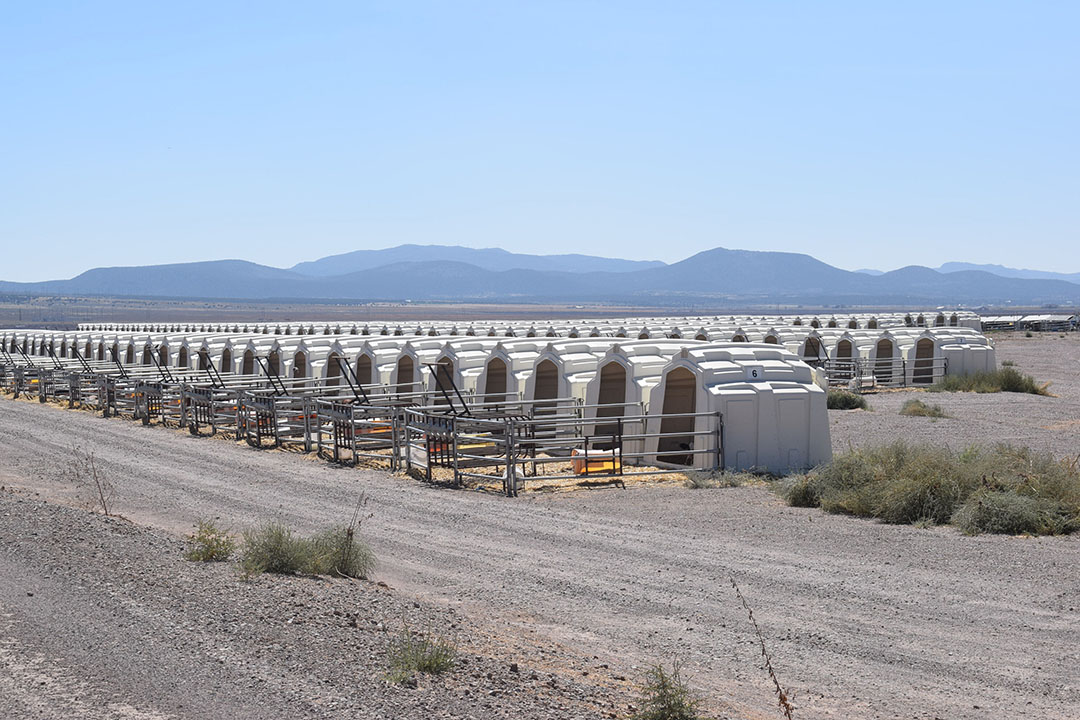
After the 3 days, the calves are placed in a ward with about 500 small calf huts. Here the feed slowly changes from cow’s milk substitute to solid food. From the calf boxes, the ‘long journey’ begins through the various barn sections – all of which are outdoors – up to the calving department and on to the milking parlours, where the cows for about 280 days a year are in the milking parlours with the 2 carousels. One has room for 90 cows and the other with room for 80 cows. To milk 1 cow takes approximate 6 minutes and the cows are milked 3 times a day. This journey for the newborn calf until it starts milking lasts about 2 years and usually the cows are put out after 6 calvings.
In the milking parlour there are 2 men whose task it is to disinfect the teats and wipe them with a clean cloth before a robot makes sure that the suction cups are put on the teats in order to reduce the spread of the disease. Inflammation of the udder may occur in the herd, but it is rare. “Therefore, the use of antibiotics is very minimal,” says Holt.
Cooling dairy cows
While the cows are in the waiting position, the floor is flushed continuously and the same is the case in the carousels, where it is quite clean. Fans are also set up to cool the cows when the temperature is extremely high above 30°C, and also sprinklers which spray the cows with cold water. A major challenge, initially, was to find ways to reduce water consumption in the dairy herd and reuse water from cleaning the milking parlours.
The waste water is sent to a machine, where the dry matter is separated from manure and the surplus water is pumped to a lagoon. From there it is pumped out into the fields of the farms in the spring. From the milk carousel, the milk is pumped to some large cooling silos where the milk is stored until it is picked up by 5 large milk tankers, which collect over 150,000 litres of milk every day and drive it for about 3.5 hours to the large Anderson Dairy in Las Vegas.
Once the milk has been pumped into the tanker, the tank is sealed and can only be opened by the staff at the dairy on arrival here. The sealing is done to prevent tampering. The limit for cell numbers in Utah and Las Vegas is 500,000. The milk from Holt’s milk has an average of 120,000 in cell numbers.
Milk yield
“On average, each cow produces about 38 kg of milk daily, equivalent to 10,500 kg of milk annually, with approximately 4% fat. The majority of the dairy cows are Holstein breed, while there is a smaller part of the Swedish red dairy breed, as well as crosses between the 2 breeds,” adds Holt.
Join 13,000+ subscribers
Subscribe to our newsletter to stay updated about all the need-to-know content in the dairy sector, two times a week.



